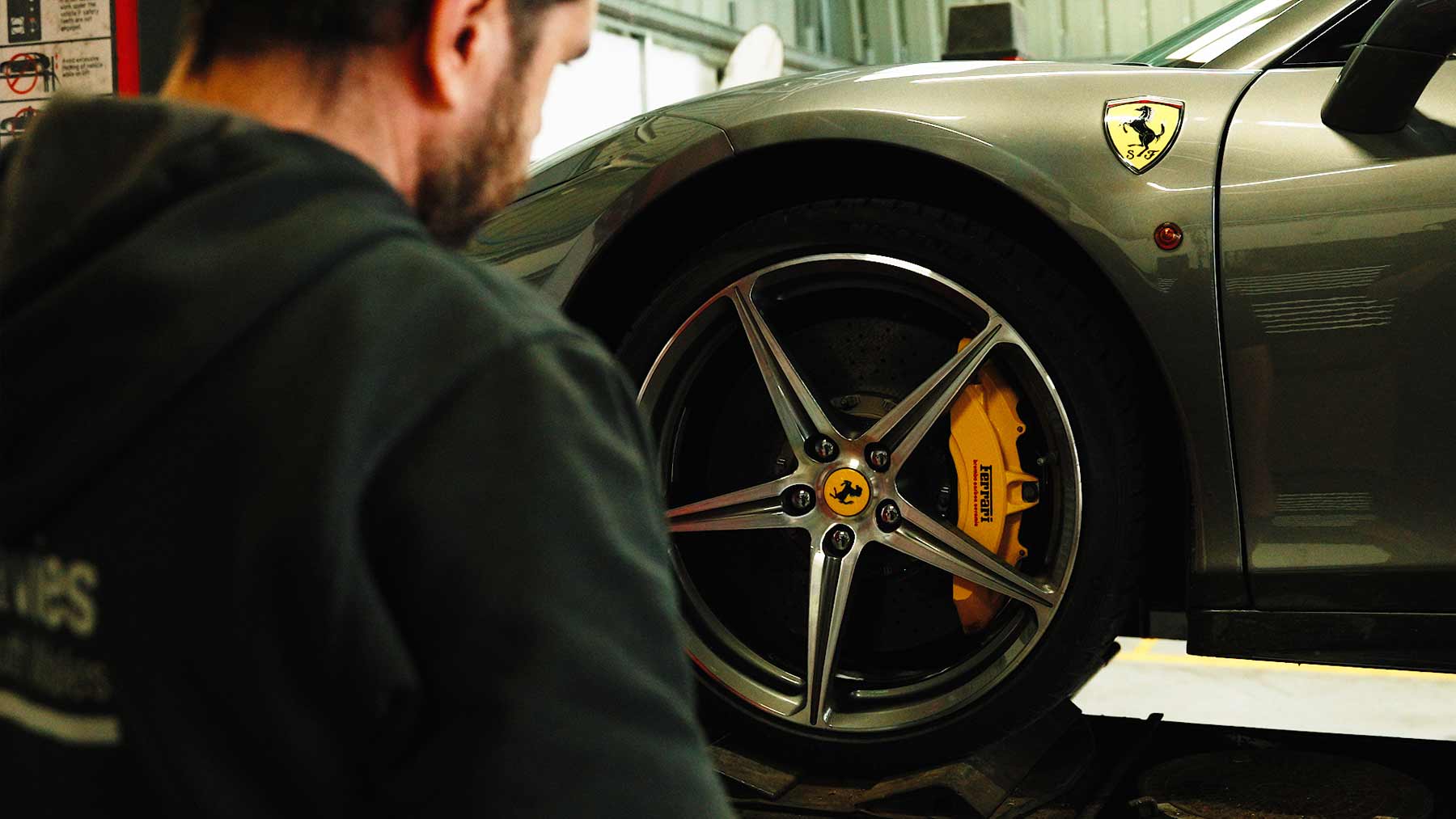Car wheel alignment, also known as tire alignment, refers to the adjustment of a vehicle's suspension – the system that connects the wheels to a vehicle – so that the angles of the wheels are set to the car manufacturer's specifications.
Proper wheel alignment is crucial for ensuring optimal vehicle performance, tire longevity and safety.
Here is a detailed explanation of car wheel alignment:
What is Car Wheel Alignment?
Understanding Wheel Alignment: Wheel alignment involves adjusting the angles of the wheels to ensure they are perpendicular to the ground and parallel to each other. This process helps the tires to wear evenly, enhances the vehicle's handling and ensures that the car drives straight and true.
If you notice any signs of misalignment, it’s important to have your vehicle inspected and aligned by a professional technician.
Benefits of Correct Wheel Alignment: Proper alignment will ensure:
-
Improved Handling: a smoother and more stable ride.
-
Even Tire Wear which in turn extends the life of your tires and saves money.
-
Increased Fuel Efficiency: correctly aligned tyres have less rolling resistance, which can improve fuel efficiency.
-
Enhanced Safety: Correct alignment ensures that the vehicle drives straight and true, reducing the risk of accidents caused by poor handling or unexpected drifting.
Signs Your Car Needs Wheel Alignment:
-
Uneven Tire Wear: If you notice that your tires are wearing unevenly or more quickly than expected
-
Vehicle Pulling to One Side: If your car pulls to the left or right when driving straight
-
Steering Wheel Off-Centre: When driving straight, the steering wheel should be centred.
-
Vibrations: Excessive vibrations felt through the steering wheel can be a sign of alignment issues or other suspension problems.
-
Noisy Steering: Unusual noises when turning can indicate alignment issues or worn suspension components and should be checked out by a qualified technician.
The Wheel Alignment Process:
-
Inspection: A technician inspects the tires and suspension components for any signs of damage or wear.
-
Measurement: The vehicle is placed on an alignment machine, which measures the current angles of the wheels.
-
Adjustment: Using the measurements, the technician adjusts the camber, toe, and caster angles to the manufacturer’s specifications.
-
Verification: After adjustments, the technician verifies that the angles are correctly set and test drives the vehicle to ensure proper alignment.
For more information, advice or to book wheel alignment please call us on 01792 795705 to speak to a member of our team. Alternately send an email to info@wgdaviesmot.com.

